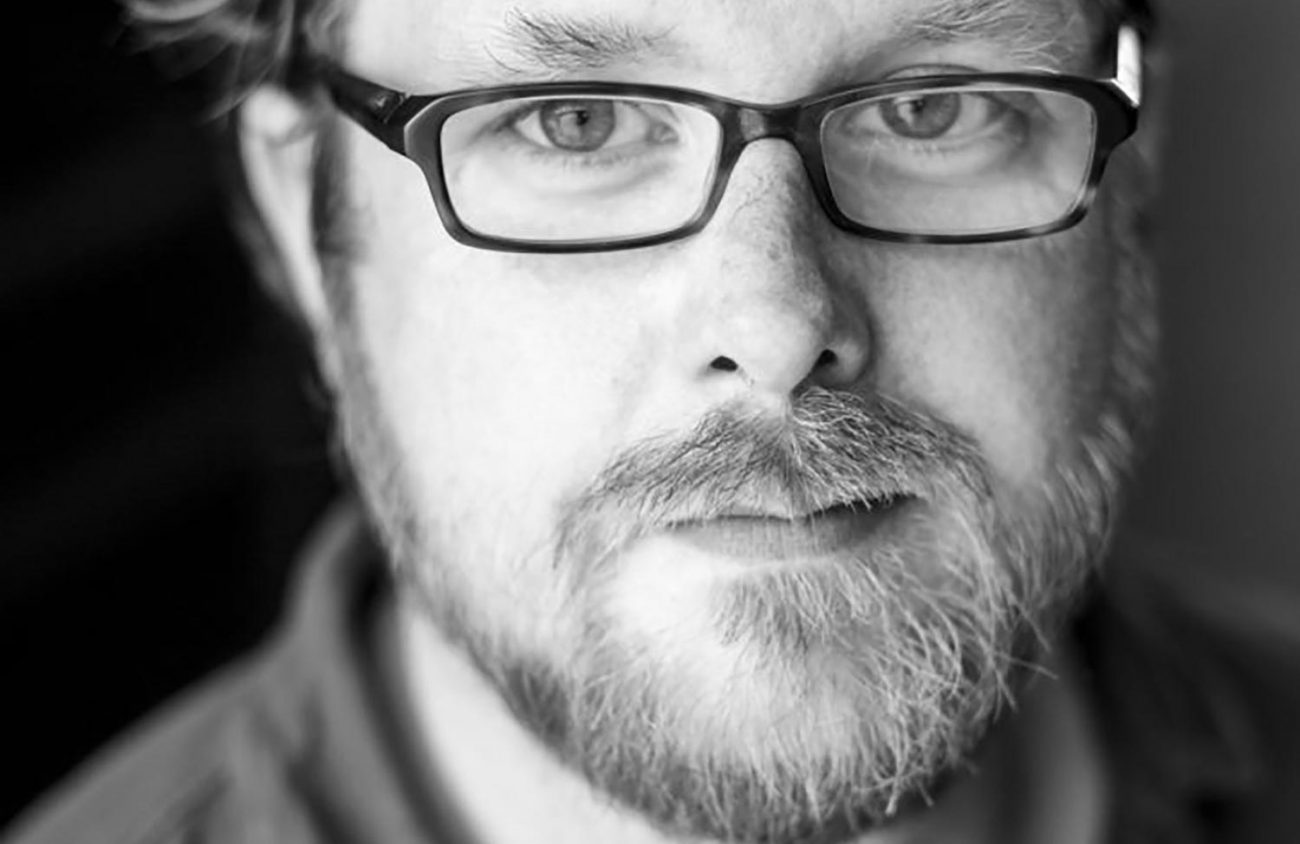Oregon has been home to standoffs over public lands during the past few decades. Armed militias carried out the takeovers of the Malheur Wildlife Refuge in 2016, the Sugar Pine Mine in 2015 and the headgate standoff during the Klamath water crisis in 2001, says Steve Pedery of Oregon Wild.
“These militia groups are homegrown — this isn’t something that was imported to Oregon from somewhere else.”
Oregon Wild, a nonprofit protecting Oregon’s wildlife, lands and water, will host “The War on Public Lands: Armed Militias, White Supremacists and the Plot to Sell the West” panel at the Public Interest Environmental Law Conference 10:30 am Saturday, March 4, at the University of Oregon.
The panel discussing the anti-government militia movement and efforts to privatize public lands will include Ryan Lenz, a senior writer of Southern Poverty Law Center’s Intelligence Project and the editor of the non-profit’s Hatewatch blog; Steve Pedery, conservation director of Oregon Wild; and Jimmy Tobias, a freelance investigative reporter and contributing writer for Pacific Standard Magazine.
Lenz says he’ll delve into extremist involvement in land use issues, which has become more complicated and aggressive over the past few years. “Anti-government extremists have latched onto the idea of assisting local farmers, loggers, miners and others in protesting federal use laws regarding public lands,” he says.
In April 2014, Lenz covered the standoff between the Bundy family in Nevada — brothers Ammon and Ryan Bundy would later lead the Malheur occupation. “The BLM [Bureau of Land Management] withdrew fearing bloodshed, and for the rest of 2014 and for all of 2015 they did nothing,” he says of the federal agency.
“In that time we saw the anti-government movement view the federal inaction as sort of a stamp of approval or rather a window for them to continue pushing this line of rhetoric and this line of argument that the feds had no legal purview over those lands,” Lenz says.
Lenz says a goal of these extremist groups is to privatize lands to get them out of control of the federal government. “They see it as a tyrannical overreach by the federal government trying to restrict their access to the land they own as the people.”
Federal public lands are owned by the public and are administered by the BLM, U.S. Fish and Wildlife, the U.S. Forest Service and other agencies, Lenz says.
Arran Robertson, communications manager with Oregon Wild, says the Posse Comitatus movement can be seen as the origin story of the anti-public lands extremist movements that have evolved into the situation that the public deals with today.
The SPLC traced the Christian Identity movement back to the 1930s. “It was a movement that was laced with anti-Semitism and beliefs about Jewish banking conspiracy,” according to SPLC’s website.
Pedery says the movement dates back to the ’50s in Oregon. Currently, he says, “Grant County, specifically the John Day area, has been a hotbed of both the white supremacists and the militia movement in Oregon.”
Militia movements are defined by their conspiracy theories and Pedery says that Grant County “declared itself a United Nations Free Zone because some of the local militia folks and local white nationalists there were talking about ‘Agenda 21,’ the plans the UN had to take over America, there were rumors of UN troops hanging out in the Strawberry Mountains.”
Pedery says the purpose of the PIELC panel is to educate people about the issue and to ensure “it doesn’t leave the public consciousness.”
“I think we are going to see extremism on the rise — already under the Trump administration, we’re seeing violence on the rise, lots of horrible things happening from Jewish cemeteries [being vandalized] to engineers from India getting shot in Kansas,” Pedery says.
Lenz, who also edits SPLC’s Hatewatch blog, discussed the newest hate group data published by the center. An increase in anti-Muslim groups rose from 34 groups in 2015 to 101 in 2016. Lenz says the group has asked President Trump “to distance himself from the this movement repeatedly.”
The Trump campaign “blew a dog whistle to a number of extremist and the radical right groups that saw in Trump’s campaign promises an answer to a lot of their complaints,” Lenz says.
“They saw Trump was promising to make America great again, and they heard that to mean make America white again,” he says.
The Public Interest Environmental Law Conference, “One Cause, One Voice,” runs March 2-5, at the University of Oregon School of Law, 1515 Agate Street. Download a brochure at pielc.org. The event is free and open to the public.
